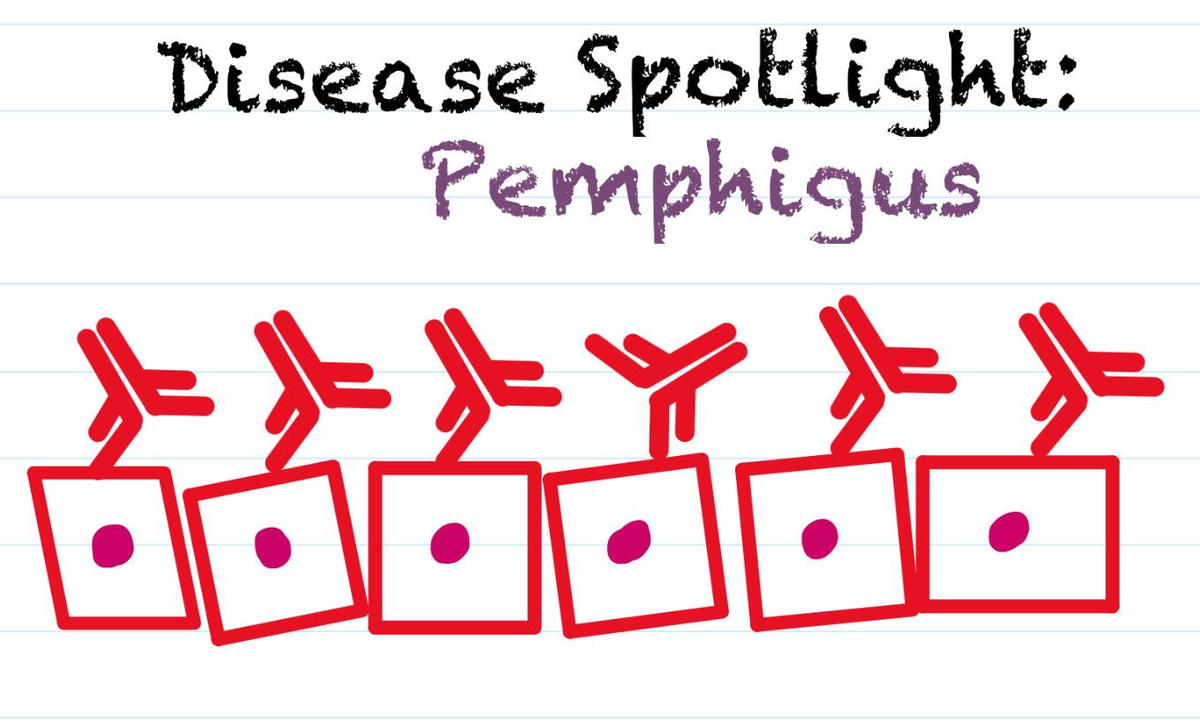
There are a subset of dermatological diseases that are not very well known to the general public that can be painful, and potentially life threatening. In today’s post, I want to shed some light on one of these diseases: pemphigus vulgaris.
First off, I would like to give you some stats about how frequently this disease occurs in the general population. Pemphigus vulgaris affects about 0.7-5 people per 1,000,000 per year in the general population. This is not a very common disease, but its affects can be debilitating and missing this diagnosis can pose serious problem for the person who actually has it.
Dr. Fivenson is a nationally recognized leader in bullous diseases, like pemphigus, and he sees hundreds of these patients. He, and his team, are here to make sure you get the most accurate distilled information about rare dermatological disorders, and what you should look out for.
So what is pemphigus?
Pemphigus is a rare chronic blistering skin condition that is caused by the immune system attacking the body. These types of diseases are called autoimmune diseases, and in this case, your immune cells are making antibodies against your skin, specifically the epidermis. This means that the disease is not contagious, and cannot be transferred to people by any mode of transmission (i.e. blood, fluids). It can happen to people at any age, but it tends to happen to middle aged adults or older adults.
Pemphigus vulgaris: this subtype of pemphigus creates blisters that generally start in the mouth and then appear on the skin or the genital mucous membranes (i.e. vagina, urethra, and underside of the foreskin). There can also be nail loss, alteration of the skin pigment, and severe disability if it is not taken care of quickly. Pemphigus vulgaris is not a disease that will go away by itself. It needs active treatment to control the flares and reduce downstream complications.
What should you look out for?
Pemphigus causes severe blistering in the mouth and other parts of the skin. Sometimes your skin can readily peel off and this can lead to increased infection, dehydration, and disfigurement. The blistering can be very painful, can have severe itching, and can even burn.
The type of blister you get is also characteristic of the disease: big, flaccid bullae that burst easily. This means that the blisters will rarely form because they rupture almost immediately after they form. The rupturing blisters lead to multiple, superficial, ulcerated sores throughout the mouth. These painful sores are the more common sign that people initially see.
What should you do if you suspect you have this?
If you suspect that you have this type of dermatological disease or any other concerns with your skin, contact your dermatologist. They will be able to guide you and work with you to see exactly what you have. There are also fantastic resources on our website about pemphigus and other blistering skin diseases that you can read about on Patient Resources page.
Dr. Fivenson is a nationally recognized specialist in autoimmune skin disorders, like pemphigus. He is board certified in dermatology and immunodermatology, and has published over 125 peer reviewed articles in dermatology.
Resources:
https://rarediseases.org/rare-diseases/pemphigus/
https://www.mayoclinic.org/diseases-conditions/pemphigus/symptoms-causes/syc-20350404
http://www.pemphigus.org/living-with-pemphigus-pemphigoid/understanding-pemphigus-pemphigoid/





